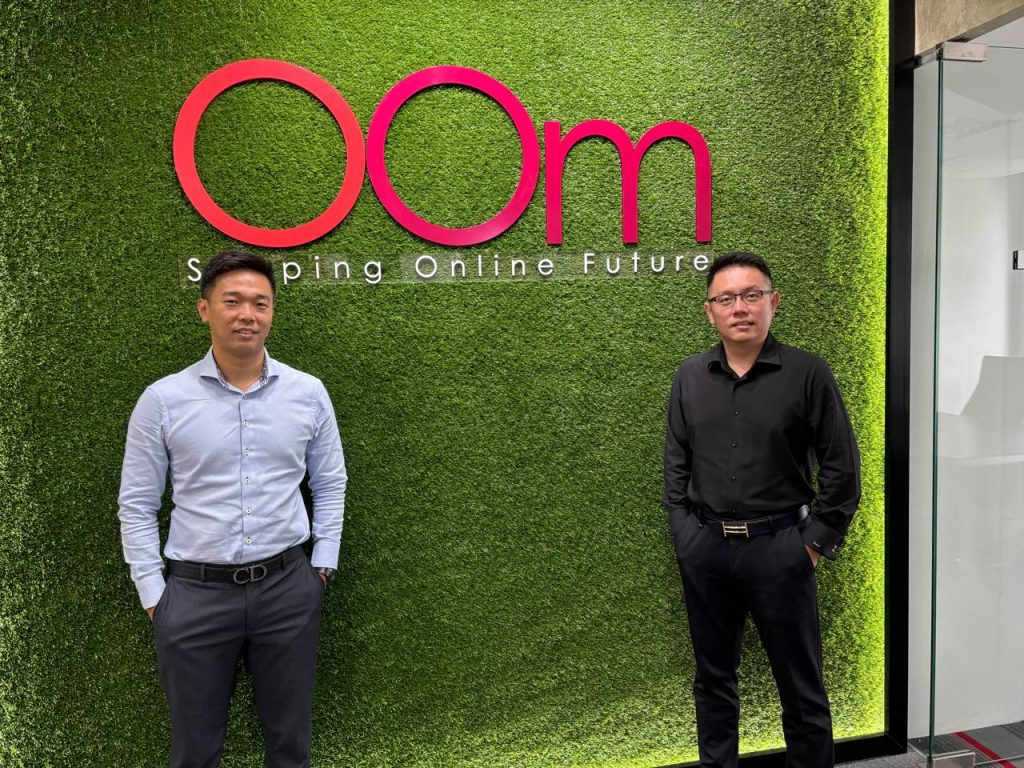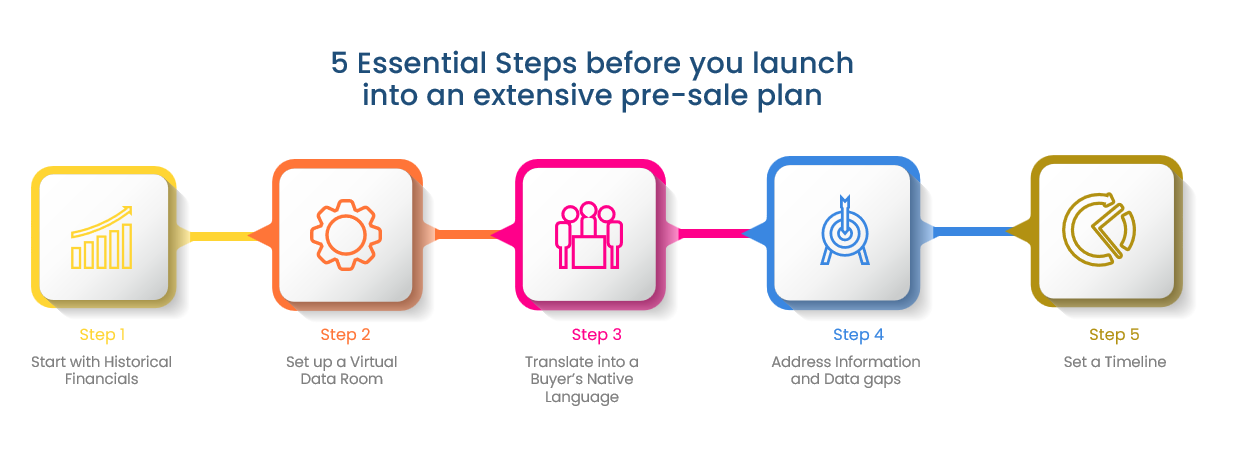
For an SME, digital marketing can seem overwhelming. With so many options, tools, and jargon, where does one even begin?
This is where Optimal Online Marketing (OOm) steps in. Founded in 2006, OOm is a one-stop digital marketing agency with 18 years of experience, dedicated to helping clients achieve their goals in all aspects of improving their online presence. The agency covers critical areas such as Search Engine Optimisation (SEO), Search Engine Marketing (SEM), Social Media Management (SMM), content creation, and website design and development. As a Premier Google Partner and Meta Business Partner, OOm is recognised among the top 3% of Google Partners in Singapore. This highlights the agency’s proficiency in managing advertising budgets, delivering outstanding client results, and staying ahead of the latest industry trends and technologies.
Since its inception, OOm has grown from a modest two-person team to an organisation with 180 (and counting) employees across offices in Singapore and the Philippines. We had the privilege of sitting down with founders Ian Cheow and Wyvan Xu to discuss their entrepreneurial journey, the evolution of the digital marketing landscape since the 2000s, and their advice for businesses looking to expand in this industry.
The History of OOm
How did the idea for OOm come about?
Ian: In 2004, during an entrepreneurship event in Polytechnic, we had the chance to explore various business ideas. At that time, digital marketing was just beginning—Facebook hadn’t launched yet, and Google and Friendster were emerging players. Many businesses didn’t even have websites. Thankfully, with our HTML skills learnt in school, we saw an opportunity to utilise our skillsets and offer digital marketing services through OOm.
Wyvan: Initially, we dabbled in affiliate marketing, particularly with ClickBank, which sold eBooks. We curated and sold other creator’s eBook, where we got to keep 75% of the selling price. This stint taught us lessons about online marketing and honed our skills in attracting traffic as well as writing content, forming the foundation for OOm’s service offerings to SMEs.
Overcoming Early Challenges
What were some challenges when you first started in the 2000s?
Ian: From 2006 to 2009, digital marketing was still new. Networking, physical exhibitions, and events were crucial for educating potential clients. Cold-calling often resulted in confusion about how Google worked, so face-to-face interactions were essential.
Wyvan: Many prospects invested heavily in traditional listings like the Yellow Pages and struggled to grasp the concept of digital marketing. Back then, people were willing to pay $1000-$3000 a year just to have a listing on those pages! Recognising this, we spent considerable time illustrating how Google Search and online advertising worked. During our first client meetings, when we didn’t even own a laptop yet, we used pen and paper to help them visualise how Google Search Engine worked. We focused a lot on building relationships with SMEs. Then, the economic crisis of 2008-2009 hit, which marked a turning point, driving demand from larger companies seeking more cost-effective digital solutions over expensive newspaper ads. To put it into perspective, a budget of $50,000 could get you a newspaper ad placement for one weekend, but with the same budget, we could run a six-month digital campaign. As businesses worked to overcome uncertainty, the necessity of digitalisation became more apparent, prompting a surge in demand for our services.
The Importance of O-to-O Integration
What are your views on the balance between online and offline marketing?
Ian: Some aspects of business, like face-to-face interactions, will remain irreplaceable. However, the line between online and offline marketing is increasingly blurred. We advocate for an “O-to-O” approach—online to offline and vice versa. For example, engaging influencers for roadshows can seamlessly integrate online presence with physical store engagement. This blurring of the line between online and offline interactions creates a cohesive ecosystem where engagement seamlessly transitions between digital and physical worlds. Ultimately, we want people to know that true marketing success lies in embracing the interconnected nature of both online and offline channels, rather than viewing them as separate entities.
Staying Ahead in a Competitive Market
Amidst companies educating their employees and forming in-house teams, how does OOm stay ahead in the competitive digital marketing industry?
Ian: To stay ahead, we map out the entire digitalisation journey, ensuring we have capabilities at every touchpoint. Our goal is to influence and support both companies and individuals in their digitalisation efforts. That’s why we built a comprehensive ecosystem covering education, website development, performance marketing, content generation, social media, and automation, forming a complete cycle of support.
At our training division at OOm, we provide a range of WSQ-certified courses to equip learners with practical skills and industry insights for tangible outcomes. At our agency, we craft websites that not only showcase a brand’s unique identity but also offer seamless user experiences. Our performance marketing strategies are designed to maximise ROI, leveraging data-driven insights and techniques to drive targeted traffic and achieve measurable results. The creative team plays an important role too, in producing content that resonates with the right audience to drive engagement, build brand credibility, and nurture customer relationships. Our social media experts develop strategies to amplify a brand’s presence across platforms. Lastly, we even developed our own CRM system to streamline operations and enhance efficiency. It automates repetitive tasks such as generating contracts, helping us save time to focus on core activities while optimising workflow processes.
But of course, despite our efforts to provide a full circle of services, certain disruptions such as Generative AI, like ChatGPT, have emerged. While these tools save time, we believe that expert strategy remains crucial, which is where OOm’s expertise comes into play.
Advice for SMEs Exploring Digital Marketing
How would you advise SMEs looking to explore digital marketing?
Ian: The company first needs to understand what marketing means to them. A common misconception is that marketing is simply about investing $1 to gain $5 in sales. But it’s not that straightforward. Marketing is not a guarantee—it’s a journey and companies must be prepared for that.
During our initial consultation, we make sure to ask several key questions to understand the company’s current digital marketing status, competitive advantages, weaknesses, and any operational gaps. This allows us to customise solutions to their specific needs. If a company already has a market presence and aims to increase recognisability with clear goals, such as generating more enquiries, we can help achieve these objectives. On the other hand, for companies new to digital marketing, we guide them through the initial stages of their journey.
We also emphasise the importance of partnership. As a marketing partner, we collaborate closely with our clients, sharing the responsibility for success. This partnership approach is what enables us to deliver results while providing valuable insights to enhance their overall business performance. At the end of the day, our mission is to empower our clients to thrive for a more fruitful journey together.
As OOm continues to lead and innovate, the organisation remains dedicated to helping businesses grow in a digital-first world. Their story highlights the power of vision, adaptability, and commitment to driving impactful results. Any business looking to navigate digital marketing can rely on OOm to guide them towards success.



